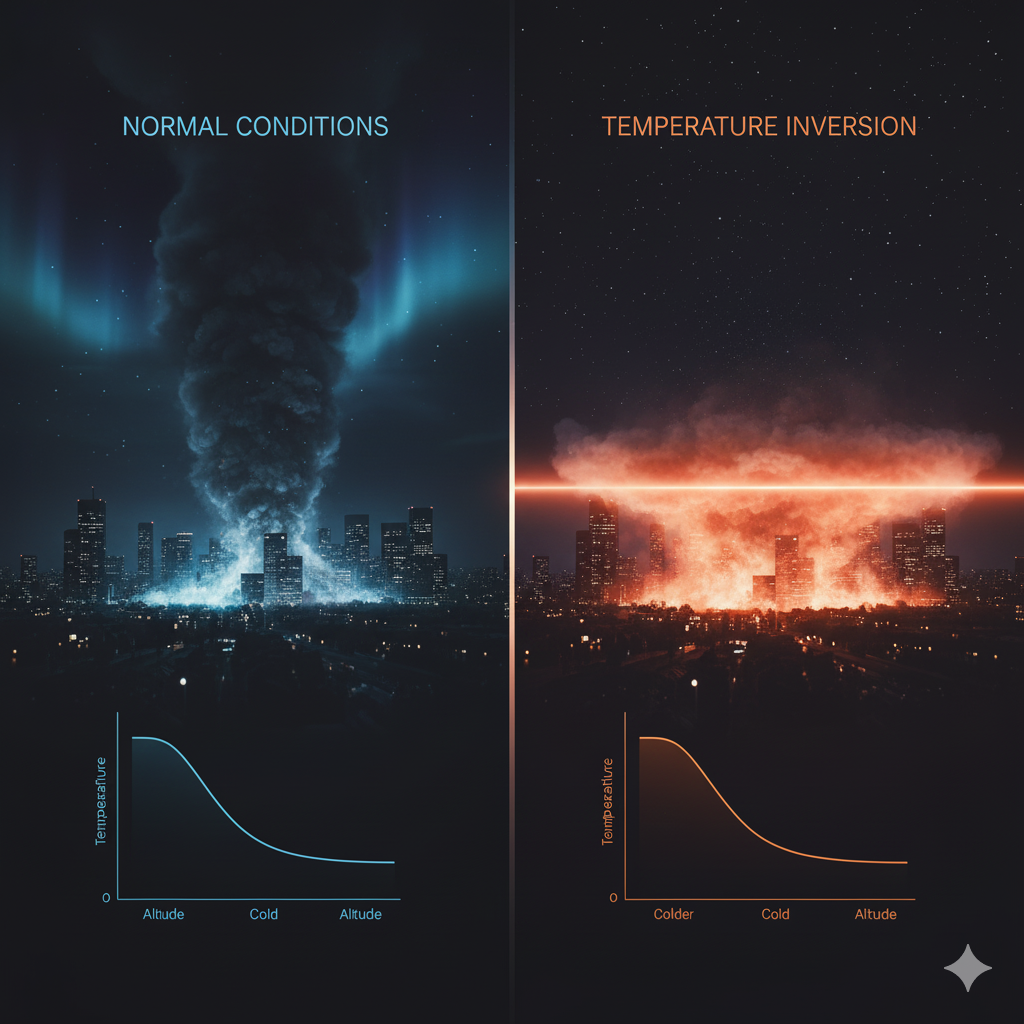Introduction
India is a diverse country that frequently experiences various types of natural and man-made disasters. These include floods, earthquakes, cyclones, divine calamities, and pandemics. The objective of disaster management is to minimize the impact of these disasters and prevent potential damages. It involves actions before, during, and after the disaster. The government plays a crucial role in disaster management, and providing training to local citizens is also an essential aspect. In this article, we will discuss the role of the government in disaster management and the importance of training local citizens.
1. Role of Government in Disaster Management
The government’s contribution in the process of disaster management is significant. It provides policies, plans, resources, and assistance to mitigate the impact of different types of disasters. Disaster management aims not only to act before a disaster occurs but also to efficiently handle situations during and after the disaster. Below, we will explore the government’s role in more detail:
1.1 Policy and Plan Development
The government formulates various policies and plans for disaster management, such as the National Disaster Management Policy, State Disaster Management Plans, and District Disaster Management Plans. These plans are developed based on the type of disaster, its intensity, and the regional requirements. These plans aim to prepare communities for disasters, provide responses, and assist in reconstruction efforts.
The Government of India has established the National Disaster Management Authority (NDMA), which works in the field of disaster management and provides guidance to states and union territories.
1.2 Resource Management and Distribution
During disasters, there is an immediate need for aid. The government manages the resources required for relief operations in the affected areas. These resources may include food supplies, medical equipment, water, shelter, and other essentials. The central government coordinates with state governments to ensure the distribution of relief materials.
Additionally, the government promptly deploys the army, police, health departments, and other services during a disaster to ensure that help reaches the affected people.
1.3 Rescue and Reconstruction Operations
Immediately after a disaster, rescue operations need to be launched swiftly. The government arranges for relief teams and rescue equipment. Once the disaster is over, reconstruction operations begin. In this process, governmental agencies not only rebuild infrastructure but also work to restore the socio-economic status of the affected people.
1.4 Awareness and Education
Raising public awareness before and after a disaster is crucial. The government provides information to the public about the steps to be taken during a disaster, safety measures, and essential supplies. This information is shared through schools, colleges, local bodies, and media outlets. Government-run training and awareness programs help prepare people to handle disasters effectively.
1.5 Laws and Regulations
The government has legal provisions to ensure effective disaster management. For example, the Disaster Management Act (2005) provides the framework for managing disasters and establishes the rules and actions needed for prevention, relief, and reconstruction. Under this law, the National Disaster Management Authority (NDMA) and State Disaster Management Authorities (SDMA) were created.
2. Is It Necessary to Train Local Citizens in Disaster Management?
While the government’s role in disaster management is crucial, it is also important to consider whether training local citizens in disaster management is necessary. The answer is yes, and there are several reasons for this, which can be elaborated as follows:
2.1 Need for Immediate Response During a Disaster
The time window for responding to a disaster is very short, and immediate action can minimize its impact. If local citizens are already trained, they can take appropriate steps promptly when a disaster strikes. For example, first aid, firefighting techniques, identifying safe places, etc., can all be managed better. This will enable faster and more effective assistance during a disaster.
2.2 Increase in Awareness and Self-Reliance
Training local citizens will enhance awareness and self-reliance. It will help local communities learn how to prepare for disasters and take measures to ensure their safety and the safety of others. This will foster a stronger disaster response system at the local level.
2.3 Reducing the Burden on the Government
When local citizens are trained in disaster management, it becomes easier for the government to rely on their assistance during a disaster. This reduces the burden on the government and allows resources to be better managed. With the active participation of local citizens, disaster management operations can be executed more effectively.
2.4 Promoting Community Coordination and Cooperation
Disasters require coordination and cooperation. If local citizens are trained in disaster management, they will be able to work together more effectively and cooperate with government authorities during a disaster. This will promote unity and coordination within the community, strengthening disaster response efforts.
2.5 Training Based on Local Conditions
Training local citizens is also necessary because each region has different disaster risks and challenges. For instance, hilly areas may be prone to landslides, plain areas to floods, and coastal regions to cyclones. Training local citizens on how to handle specific situations in their locality will help them take appropriate actions to ensure their safety and the safety of others.
3. Disaster Management Training Programs
Disaster management training programs can be implemented through schools, colleges, local bodies, and other community organizations. The government should ensure that not only local citizens but also various disaster management agencies, NGOs, and volunteer organizations are trained. These training programs should focus on the following:
- First aid and relief work
- Identification of safe places and evacuation routes during a disaster
- Use of communication systems in emergencies
- Collaboration in post-disaster rehabilitation and reconstruction efforts
- Human rights and sensitivity during a disaster
Conclusion
The government’s role in disaster management is not limited to resource mobilization and establishing laws; local citizen participation is also crucial. If local citizens are trained in disaster management, it will not only help in effective disaster handling but also foster awareness and self-reliance. The government should encourage all institutions working in this field and implement widespread training programs so that during any disaster, the safety of as many people as possible can be ensured. The cooperation between trained local citizens and the government will create a more resilient and prepared community to face the challenges of disasters.




